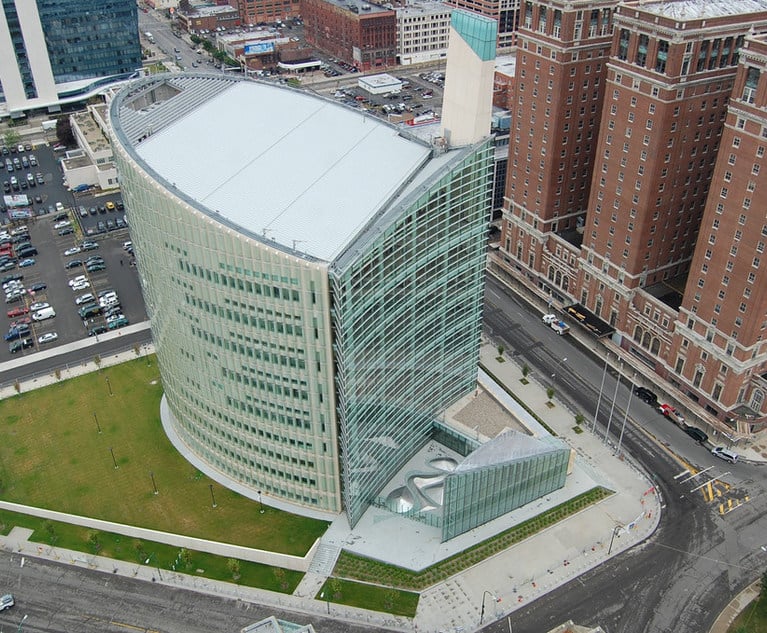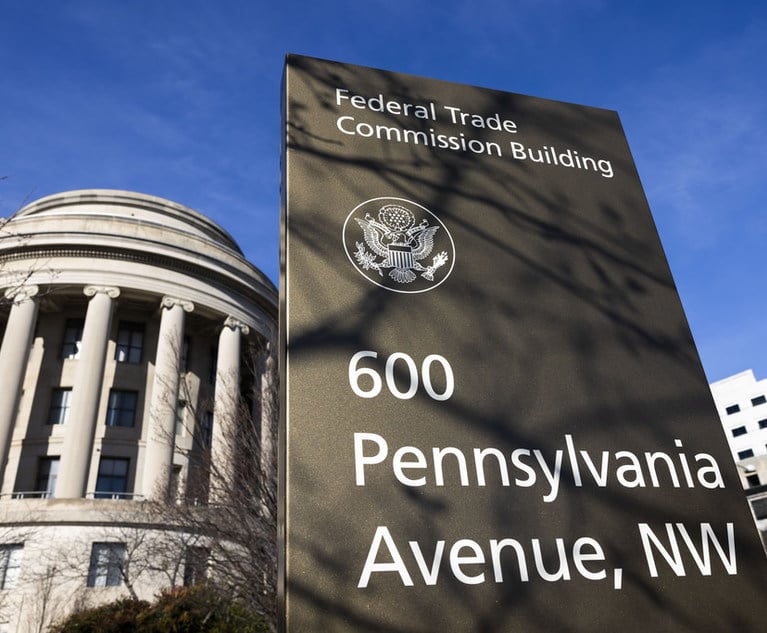In 1968, in the midst of national strife over race and policing, the Supreme Court endorsed police stop-and-frisk but placed important limits on its use. Five decades later, lower courts continue to struggle to balance officer safety with individual privacy and the threats of police abuse. Embodying this struggle, the full Second Circuit—now controlled by conservative judges, including five appointees of former President Donald Trump—is poised to issue a rare en banc decision that captures the fault lines in the post-Terry jurisprudence. And in addition to presenting important constitutional issues, the case before the court features intriguing plotlines involving various members of the court.
Meanwhile, outside the Second Circuit’s home in lower Manhattan, the debate about stop-and-frisk continues. Coming in the aftermath of a year of nationwide protest against police violence triggered by the murder of George Floyd, New York City’s June mayoral primary centered on public safety with a near reversal of the stop-and-frisk narrative that drove the 2013 mayoral primary. And just last week, advocates frustrated with the pace of NYPD stop-and-frisk reform moved to modify the main stop-and-frisk court order, which dates back to the 2013 mayoral campaign.


 Christopher Dunn
Christopher Dunn




